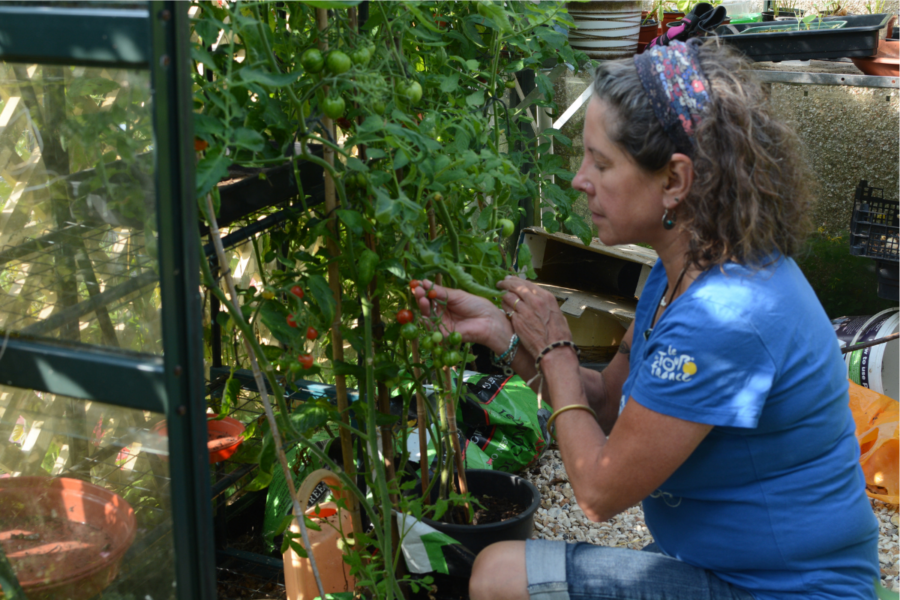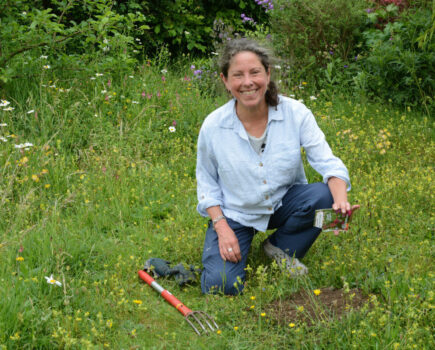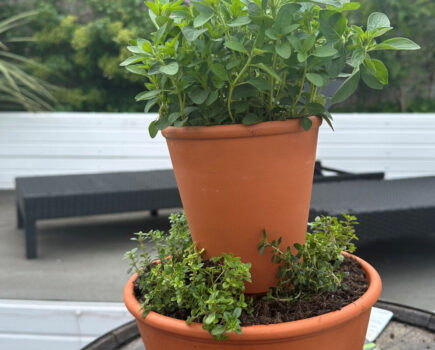Ruth has a theory why her greenhouse plants have failed
LAST winter I popped a very ripe homegrown ‘Tigerella’ tomato into a pot of compost and waited to see what would happen. After a few weeks on a light windowsill, I was thrilled to find that a clutch of seedlings had emerged, and duly grew on my plants until they were large enough to go into growbags in the greenhouse. They grew strongly, flowered and started to set their fruit, but that’s where problems started to make themselves known.
A lot of the tomatoes were afflicted by blossom end rot, a condition caused by erratic watering that affects the uptake of calcium, so important for cell growth in healthy fruits. We know how easy it is to get blossom end rot in tomatoes, and have been taking care with watering and feeding, so its arrival was an unpleasant surprise.
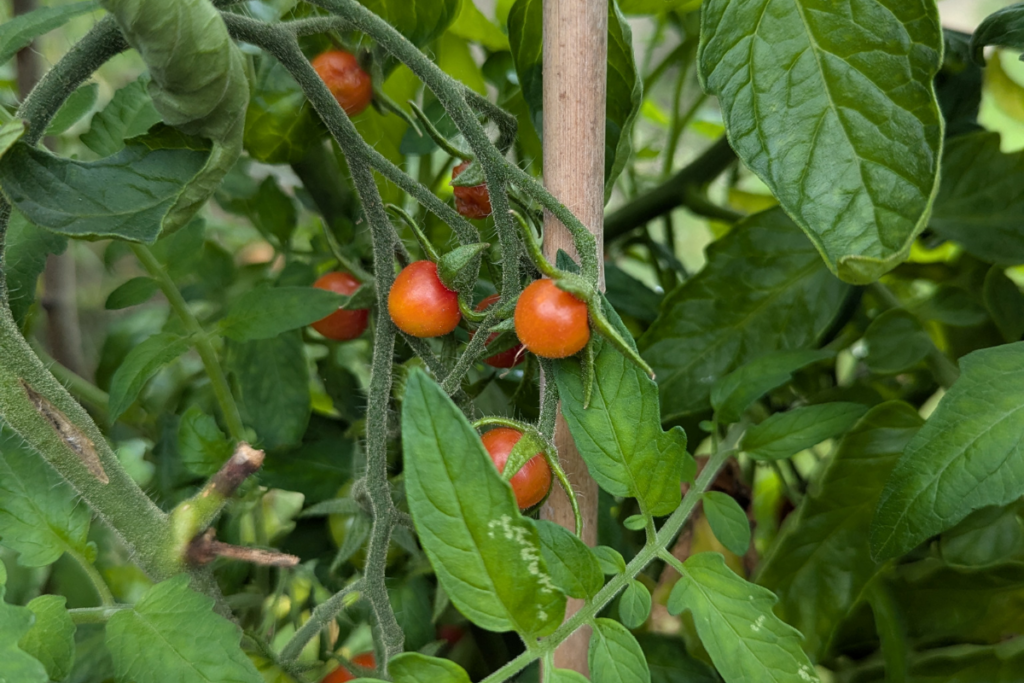
Not only this, but a lot of the plants weren’t fruiting as they should. Some only produced tomatoes the size of peas, and others produced fruits of a better size, but they started to go bad on the vine, softening and splitting before they were large enough to harvest.
The problem has none of the symptoms of blight or tomato leaf mould, and the plants remained healthy-looking, with rich green leaves unblemished by the telltale brown shrivelling and rotting that comes with both diseases. I know it has been a strange year for gardening, and I’ve read many reports about failed crops and scarce pickings – even the usually reliable courgettes have been letting people down.
But I wonder whether these ‘Tigerella’ toms failed because of some genetic ‘fault’ in the homegrown fruit from which I saved that has caused them to fail? Or maybe because of our best efforts, our watering and feeding wasn’t up to scratch.
How has your veg patch done this year? What has succeeded, what has failed and has it thrown up any surprises? Let us know at editor@amateurgardening.com
Prolonging pots
Keep deadheading and feeding

1. Deadhead as soon as flowers start to fade. If you are growing dahlias, remove the elongated ‘buds’ which are the developing seedheads left by spent blooms, but leave the neat round ones as these will flower.
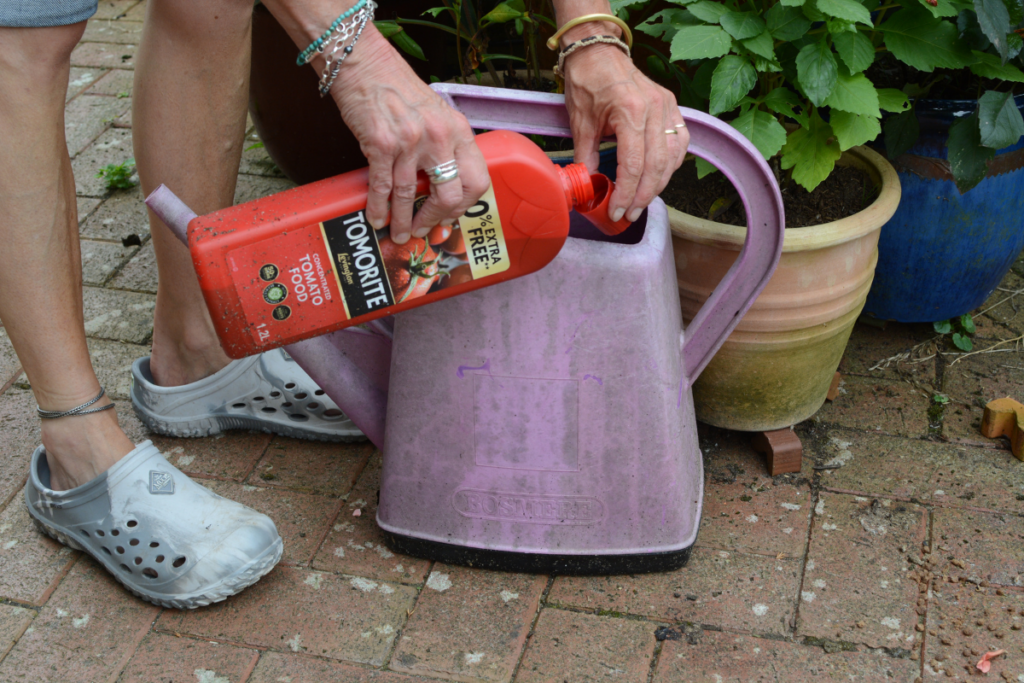
2. Keep feeding with a potassium-rich liquid fertiliser to encourage continued flowering. Water during dry spells, but don’t overwater, especially as peat-free composts can look dry on top but we wet underneath. Stick your finger in and if it feels damp, leave watering for a day or two.
Growing potatoes for the festive table
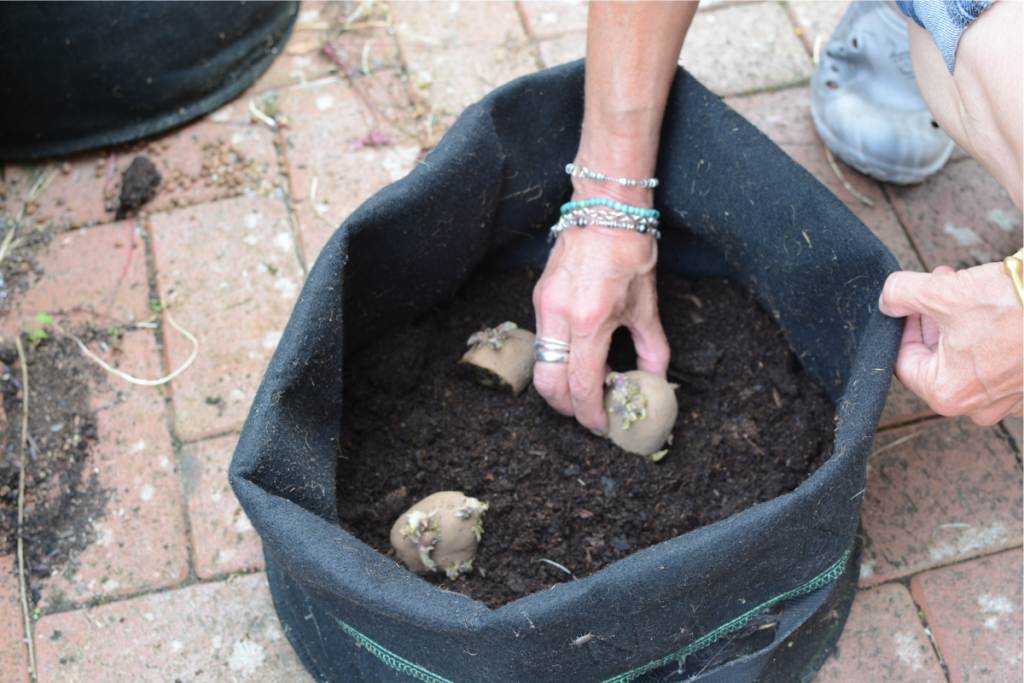
One veg that has cropped well this year is potatoes, grown in bags on the patio.
Emboldened by our success, I’ve decided to grow some for the Christmas table so this fortnight I’ve been potting them up. There is a lot of discussion about the why’s and wherefores of growing Christmas potatoes, but I have gone for ‘Charlotte’ spuds, a second early variety that is a reliable grower and tastes delicious.
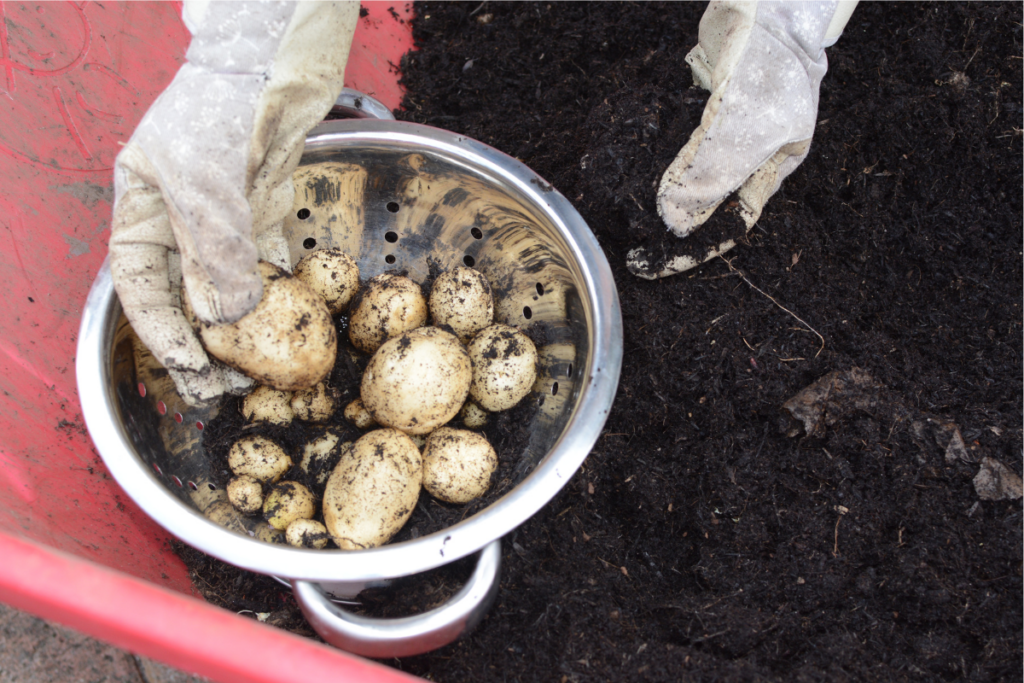
But when to plant your festive spuds? The window is pretty much open from July to October, but as second earlies take 10-16 weeks from planting to harvest, mid to late September is probably your cut-off point.
At this time of year it is safer to grow potatoes in bags than the soil because of the seasonal drop in temperature. Place your seed potatoes, shoots facing upwards, on a layer of multipurpose compost in a bag or sack, cover with another layer and water. Keep the compost damp, not soggy and when the weather starts to get colder move your containers into a greenhouse or light porch. Watch out for blight in autumn, and help to mitigate it by taking care not to dampen the leaves when watering. When the top growth dies back you can leave your potatoes in their compost and harvest them when needed.
Find more tips, advice and articles like this at the Amateur Gardening website. Subscribe to Amateur Gardening magazine now

